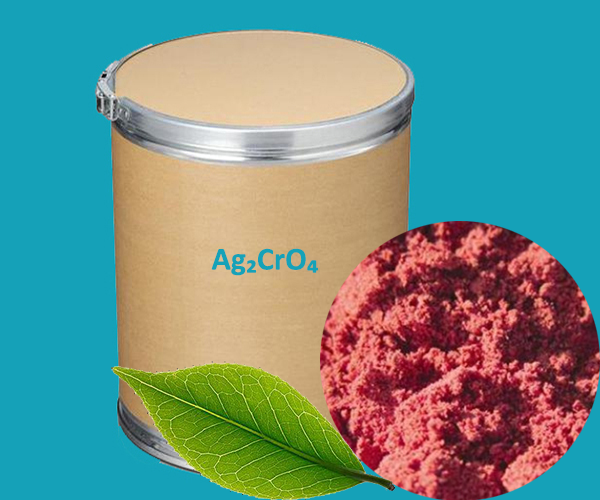Silver chromate (Ag2CrO4) is an inorganic compound with a unique set of properties. Most prominently, it is recognized for its vibrant reddish-brown color. This substance is an essential component in certain scientific and industrial applications. Its unique properties render it valuable across several disciplines such as analytical chemistry, photography, and materials science.
Properties
Chemical formula : Ag2CrO4
Molar mass : 331.73 g/mol
Appearance : brick-red powder
Density : 5.625 g/cm³
Melting point : 665 °C (1,229 °F; 938 K)
Boiling point : 1,550 °C (2,820 °F; 1,820 K)
Solubility in water : 0.14 mg/L (0 °C)
Solubility : soluble in nitric acid, ammonia, alkali cyanides and chromates
Uses and Applications
Analytical Chemistry: The primary use of silver chromate is in the field of analytical chemistry. It is used as an indicator in precipitation titrations, most commonly in Mohr’s method for chloride ion detection.
Photography: Silver chromate, along with other silver salts, plays a significant role in photographic processes. It is used in printing photographs and producing photographic films due to its light-sensitive properties.
Materials Science: In materials science, silver chromate finds application as a pigment for ceramics and glass due to its unique reddish-brown color.
 English
English Español
Español Português
Português Français
Français Deutsch
Deutsch Русский
Русский 中文
中文 日本語
日本語
